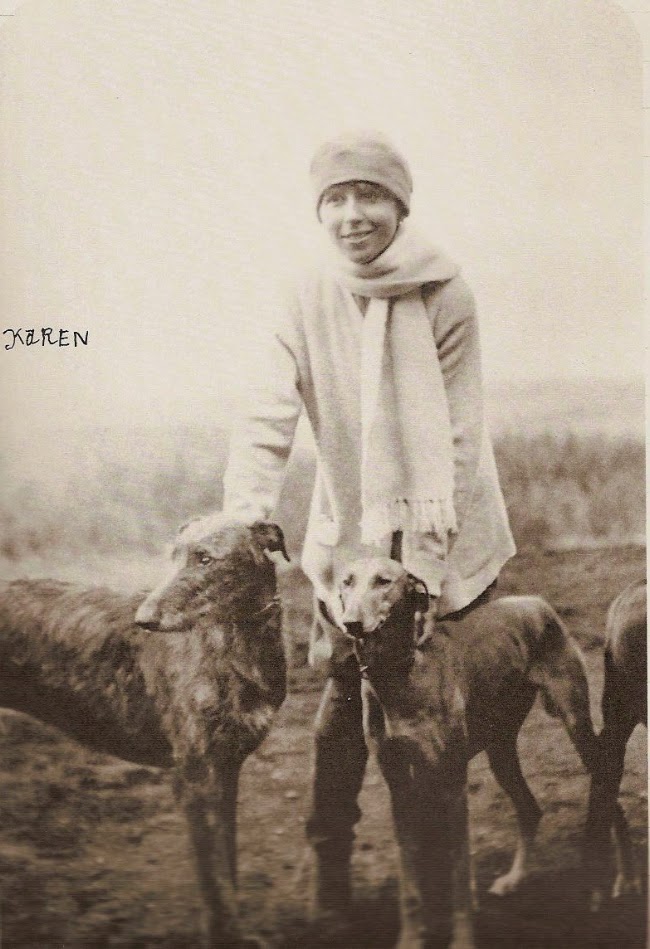Dogs Raining (Reigning) in My Mind Part 6
Temple of the Dog was a decent rock super group and released a power ballad titled “Call Me a Dog” on their 1991 album. It has some good Chris Cornell wailing and a savage guitar solo, but the dog in the song is a pejorative term for a jilted man. That doesn’t work for me, even though I’m a jilted man, jilted by society, and I’ve seen men treated worse than dogs. In Big Jake, an utterly forgettable late career John Wayne movie, his character has a dog named Dog. In one scene, really the only interesting one, Dog stops a lynching and easily manages to out act Wayne. One of my favorite dog scenes in movies occurs in Shane when Jack Palance’s evil gunfighter character, clad in black, walks into the saloon, and the dog gets up and walks out. What’s wrong with writing doggerel? Give me more doggerel over preciousness any day of the week! Charles Bukowski once worked in a dog biscuit factory and wrote a collection of poems titled Love is a Dog From Hell. I’ve read the book and fell in love with a cat woman while reading it, and I can assure, a love like ours was not a dog from hell. J.M. Coetzee wrote a snarling short story masterpiece titled The Dog that perfectly encapsulates why most humans suck. And Coetzee only needed one page, which is all you really need. Chekhov presented dogs in many of his stories, most famously “The Lady and the Dog,” but his dogs were never front and center, never human-like (the essential ingredient to writing a great dog story or book), and therefore none of them are indelible. In Goethe’s Faust, a stray poodle follows Faust home and turns into the demon Mephistopheles, an emissary from the devil. Faust and Mephistopheles strike their famous black bargain. I have never seen the play. Do any productions use a real dog? I bet not. They’d need a human (politician) to act the part of a devil dog more believably. In fact, most humans wouldn’t even have to feign Satan-like properties in the performance. They exude them constantly in everyday life in person, on television and the Internet. Karen Blixen, writing as Isak Dinesen, wrote memorable passages about her dogs in Out of Africa. They were clearly her best friends. How could deerhounds be anything but? Dammit, I want a deer hound that would never chase Rilke’s luminous deer through the forest. No, I want a coonhound! They have the best bark of any dog I’ve ever heard. I would name mine Ernie. I’ve often wondered about those human beings who experimented on dogs to prolong human life. Have I ever intersected with them and sensed their disease? My life once intersected with a primate researcher and she was beautiful and deeply sick. Farley Mowat’s memoir of his childhood dog, Mutt, The Dog Who Wouldn’t Be, is an obscure classic of the dog book genre and once again, features a dog that wants to become human and becomes the human humans want to become. He also wore goggles when riding in the rumble seat of a Model T Ford! Bonnie and Clyde have never evinced any desire to me to become human-like. On the other hand, I have begun to evince a desire to become more Bonnie and Clyde-like. The Heart of a Dog, written by Mikhail Bulgukov, and published in the Soviet Union in 1925, is a comic proletarian novel narrated by a dog named Sharik. It doesn’t hold up particularly well now that the Soviet Union is dead. One wonders if Stalin read it since he once said, “Gratitude is a sickness suffered by dogs.” The book can boast of one immortal line about dogs, one well worth remembering: “A dog’s spirit dies hard.” It is true that Hitler loved his German shepherds more than he loved human beings. Loving dogs more than humans doesn’t always work out for humanity. Dylan Thomas wrote a collection of short stories titled Portrait of the Artist as a Young Dog. Its cover features Thomas and a dog smoking cigarettes. It does not contain a dog story although one the stories is named “Just Like Little Dogs.” Every bookseller I’ve ever talked to said the same thing: “Put a dog on the cover and the book will sell.” One wonders what writers who write dog books containing vast amounts of empathy are really like in the flesh with humans or even other dogs. Writers who write about empathy in stories and poems and essays are the least empathetic people I’ve ever known. It’s easy on the page. Not so easy in real life. Practicing real empathy requires a face to it. No real face on the pages. I sense many writers of empathy fake it in the real world. I used to be that kind of fake writer of empathy. I extended vast amounts of empathy to dogs but very limited empathy to people around me. Not anymore after Bonnie and Clyde and becoming a dog myself; I can go vast on both fronts.
(If you found this post enjoyable, thought provoking or enlightening, please consider supporting a writer at work by making a financial contribution to this blog or by purchasing an NSP book.)

